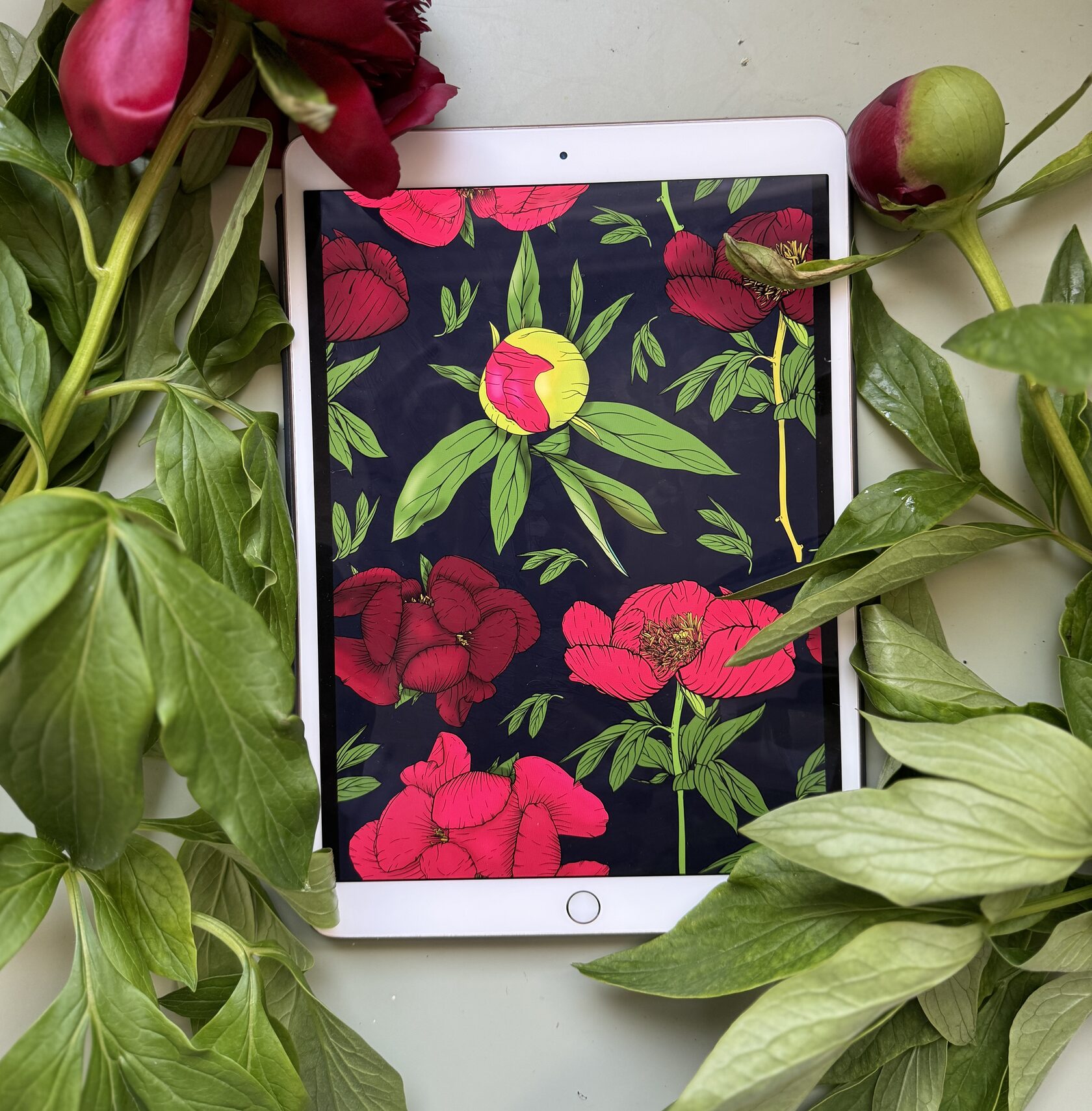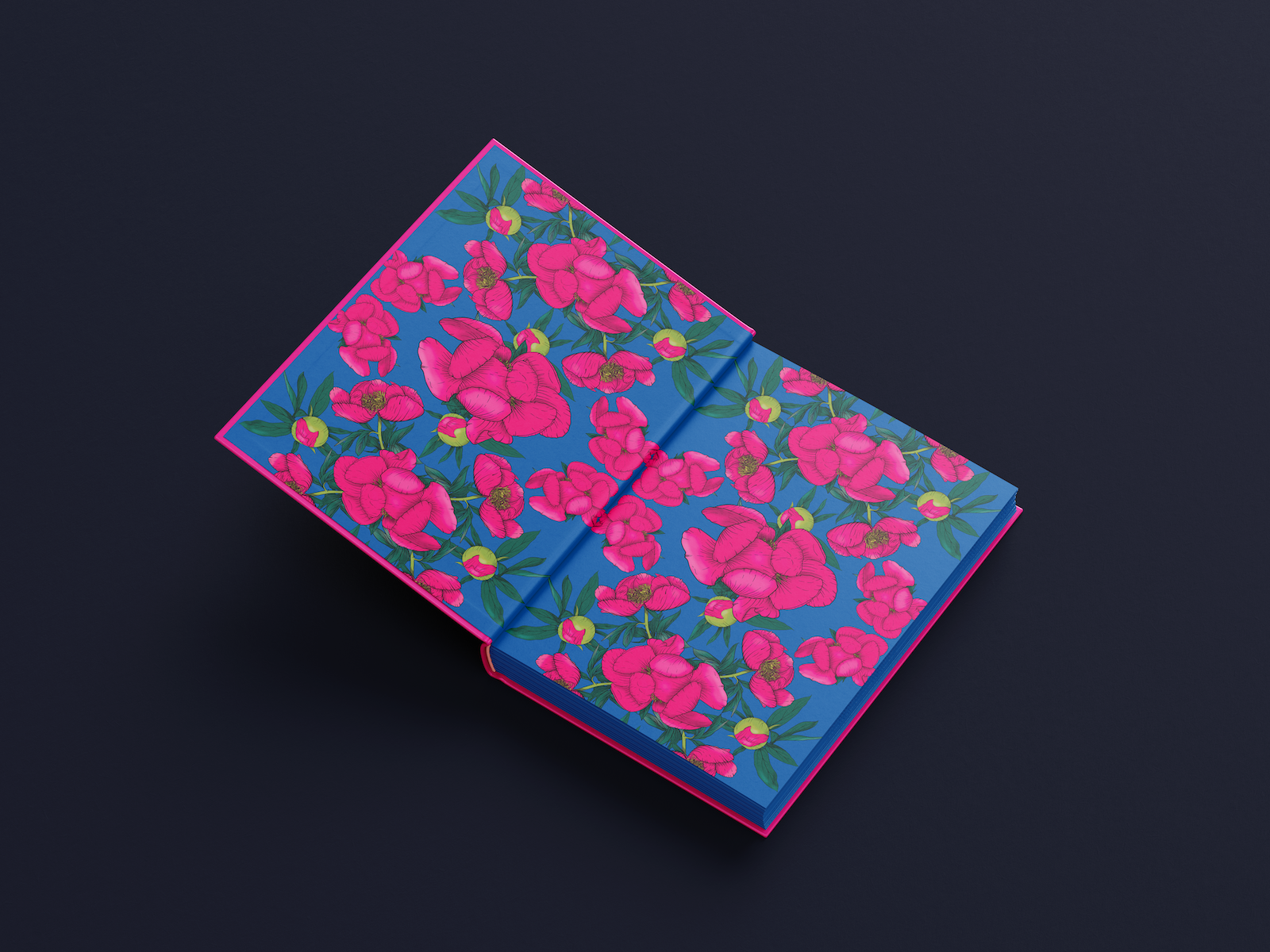Botanical illustration continues to thrive across industries, from fashion textiles to publishing and luxury branding. When I first began expanding my botanical portfolio five years ago, I immersed myself in both the scientific and artistic traditions of this field. Coming from a fashion background, I was already familiar with florals as a design staple, but scientific botanical illustration was an entirely new world—one rooted in precision, research, and conservation.
Scientific Botanical Illustration: Precision & Preservation

Scientific botanical illustration is about absolute accuracy, serving researchers, conservationists, and academic institutions. According to the Linnean Society, over 80% of botanical research still relies on hand-drawn illustrations, as they capture detail more effectively than photographs. Scientific botanical artists contribute to museums, botanical gardens, conservation efforts, and academic publishing. The Society of Botanical Artists (SBA) annual Plantae exhibition in London showcases top-tier scientific botanical works, selecting only 40-50 pieces out of 200 submissions—a testament to the field’s rigour and prestige.
Key Characteristics:
Exact Representation: Every detail—structure, colour, texture, and scale—must match reality.
Minimal Shadows: Flat lighting ensures that the plant’s anatomy remains visible.
Traditional Mediums: Watercolors and fine ink maintain clarity and longevity.
Standardized Composition: Isolated depictions, often with cutaway views showing internal structures.
Key Characteristics:
Exact Representation: Every detail—structure, colour, texture, and scale—must match reality.
Minimal Shadows: Flat lighting ensures that the plant’s anatomy remains visible.
Traditional Mediums: Watercolors and fine ink maintain clarity and longevity.
Standardized Composition: Isolated depictions, often with cutaway views showing internal structures.
Artistic Botanical Illustration: Expression & Commercial Appeal

In contrast, artistic botanical illustration embraces creative freedom, focusing on aesthetic appeal rather than scientific documentation. This style thrives in editorial publishing, branding, fashion, and home decor, where artistic interpretation and trend awareness are key. Botanical illustrations in branding & packaging continue to grow, with luxury brands like Dior & Gucci incorporating floral motifs in campaigns. Etsy & Society6 has recently reported a 30% increase in sales of digital botanical prints, highlighting consumer demand for decorative botanical art.
Key Characteristics:
Personal Style Matters: Artists have the freedom to experiment with colour palettes, compositions, and techniques rather than strictly adhering to realism.
Trends and Versatility: Artistic botanical illustrations are often tailored for book covers, magazine spreads, textiles, and packaging.
Diverse Mediums: From traditional mediums, like watercolours and acrylics to digital, animation and mixed media techniques, artists choose mediums that best reflect their vision.
Key Characteristics:
Personal Style Matters: Artists have the freedom to experiment with colour palettes, compositions, and techniques rather than strictly adhering to realism.
Trends and Versatility: Artistic botanical illustrations are often tailored for book covers, magazine spreads, textiles, and packaging.
Diverse Mediums: From traditional mediums, like watercolours and acrylics to digital, animation and mixed media techniques, artists choose mediums that best reflect their vision.

In todays practice, both scientific and artistic botanical illustration offer exciting possibilities—it all depends on personal preference for precision and conservation or creative storytelling.
Personally, I’ve explored both, but my artistic journey led me to a more expressive, impressionistic approach, particularly through impasto floral paintings and decorative botanical art.
Personally, I’ve explored both, but my artistic journey led me to a more expressive, impressionistic approach, particularly through impasto floral paintings and decorative botanical art.
